SUMMARY
This is AI generated summarization, which may have errors. For context, always refer to the full article.
![[OPINION] In a changing climate, how do we ensure safety and health at work?](https://www.rappler.com/tachyon/2024/04/Climate-change-safety-workers-April-25-2024.jpg)
Climate change is having serious impacts on the safety and health of workers in the Asia and the Pacific region.
From blistering heatwaves to dangerously poor air quality, workers bear the brunt of its effects, frequently finding themselves with no choice but to continue working, without adequate protection or recourse, even if conditions are hazardous.
Heat stress is perhaps the most obvious challenge. As temperatures soar, those working outdoors in agriculture, construction, fishing and transport are particularly vulnerable, facing heightened risks of heat-related illnesses such as heatstroke.
However, indoor workers are at risk too, especially where they are exposed to sources of heat or poor ventilation. Factories, food processing plants, brick kilns or warehouses can all be as dangerous to workers as toiling under the hot sun.
Better regulations, enforcement, mitigation strategies, training and awareness can all make a difference. The empowerment of workers, allowing them to stop working due to extreme heat without the fear of losing wages or their jobs, is crucial.
Air pollution exacerbated by climate change heightens the risk of respiratory illnesses. In cities like Beijing, New Delhi and Bangkok poor air quality is a daily reality, posing significant health risks for workers exposed to pollutants.
Beyond heat and pollution
Ideally, the root causes need to be addressed. But for a delivery driver or streetside vendor spending all day breathing in this toxic soup, awareness, protective equipment and – wherever possible – adaptations to working patterns are needed to help minimize the impact.
Beyond heat stress and air pollution, the increasing frequency and intensity of extreme weather events present additional challenges for workplace safety and health.
From cyclones and floods to droughts and wildfires, natural disasters disrupt businesses, endanger workers and inflict significant economic losses.
One example is the garment industry where a recent study by Cornell University’s Global Labor Institute found that extreme heat and flooding could cost the sector US$65 billion in export revenue and 950,000 jobs by 2030.
In the aftermath of disasters, recovery efforts must prioritize the safety and well-being of workers, ensuring access to essential services, protective equipment and psychosocial support.
Not all workers are impacted the same. Those who are vulnerable, informal workers, migrants and the marginalized suffer most. Women are also disproportionately affected. Long standing inequalities and limited access to resources, hinders their ability to adapt to changing environmental conditions.
Coordinated action
In the face of these challenges, there is an urgent need for coordinated action to safeguard the safety and health of workers in a changing climate.
The starting point must be robust regulatory frameworks which are essential to enforce safety standards and protect workers from climate-related hazards.
In 2022, the International Labour Conference agreed to include “a safe and healthy working environment” in the ILO’s framework of fundamental principles and rights at work. This carries profound implications for policy and practice.
Governments are now compelled to enact and enforce laws that mandate workplace safety and health measures, adequate rest breaks, and access to personal protective equipment, particularly in high-risk industries.
While some countries in the region such as China, India, Singapore, Thailand and Viet Nam have implemented laws and guidelines to address excessive heat in the workplace, protection for workers against other climate change impacts remain fragmented.
There is a real need for comprehensive legislation that integrates climate resilience into existing Occupational Safety and Health frameworks, risk assessments and preventive measures.
Furthermore, social dialogue between governments, employers, and workers’ representatives as well as researchers and experts in the field is essential for crafting effective policies that are practical and adaptable at the workplace level. Coordination among government departments coupled with knowledge transfer and capacity building, is critical for ensuring policy coherence and implementation. Occupational safety and health initiatives should also be integrated into broader public health campaigns.
At the same time, raising awareness and building capacity among workers and employers will help foster a culture of prevention and resilience. Training programmes on heat stress prevention and management, emergency preparedness, and occupational health can empower workers to protect themselves and their colleagues from climate-related risks.
Trade unions have a key role in this process. By advocating for the rights of workers and ensuring their voices are heard they can help champion workplace safety and advocate for fair and equitable policies that drive positive change.
As we mark World Day for Safety and Health at Work in 2024, let us reaffirm our commitment to protecting the safety and health of workers in the face of a changing climate. By taking decisive action and investing in climate-resilient workplaces, we can build a future where safety, health and sustainability go hand in hand, leaving no one behind in the pursuit of a safer, healthier world for all. – Rappler.com
The author is the assistant director general and regional director for Asia and the Pacific of the International Labor Organization.
Add a comment
How does this make you feel?
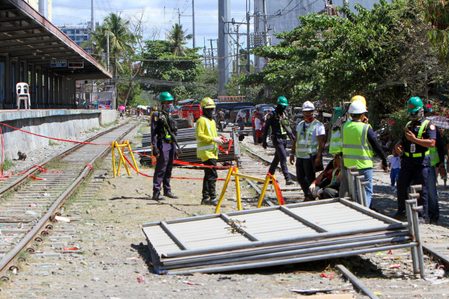

![[In This Economy] El Niño-nomics: How intense heat is drying up the Philippine economy](https://www.rappler.com/tachyon/2024/05/TL-El-nino-nomics-May-3-2024.jpg?resize=257%2C257&crop=264px%2C0px%2C720px%2C720px)
![[OPINION] Demystifying net-zero and climate reporting in the Philippines](https://www.rappler.com/tachyon/2024/05/TL-climate-reporting-philippines-May-3-2024.jpg?resize=257%2C257&crop_strategy=attention)
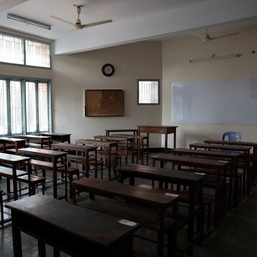
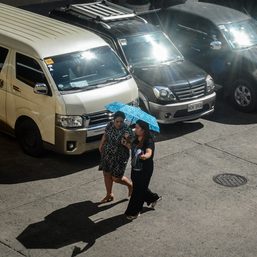

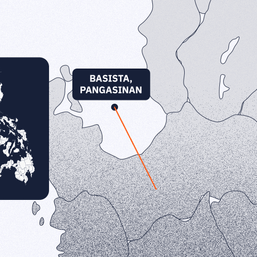

![[Rappler Investigates] It’s too darn hot!](https://www.rappler.com/tachyon/2024/05/too-darn-hot-may-2-2024.jpg?resize=257%2C257&crop=310px%2C0px%2C1080px%2C1080px)
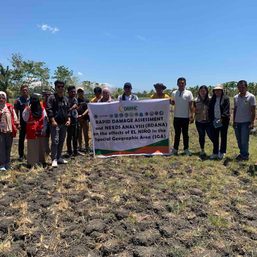

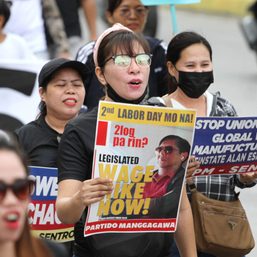
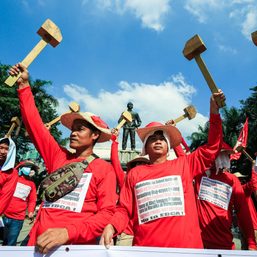

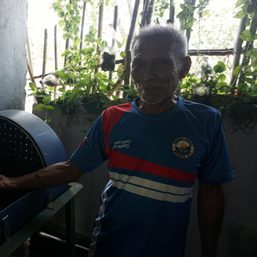
There are no comments yet. Add your comment to start the conversation.